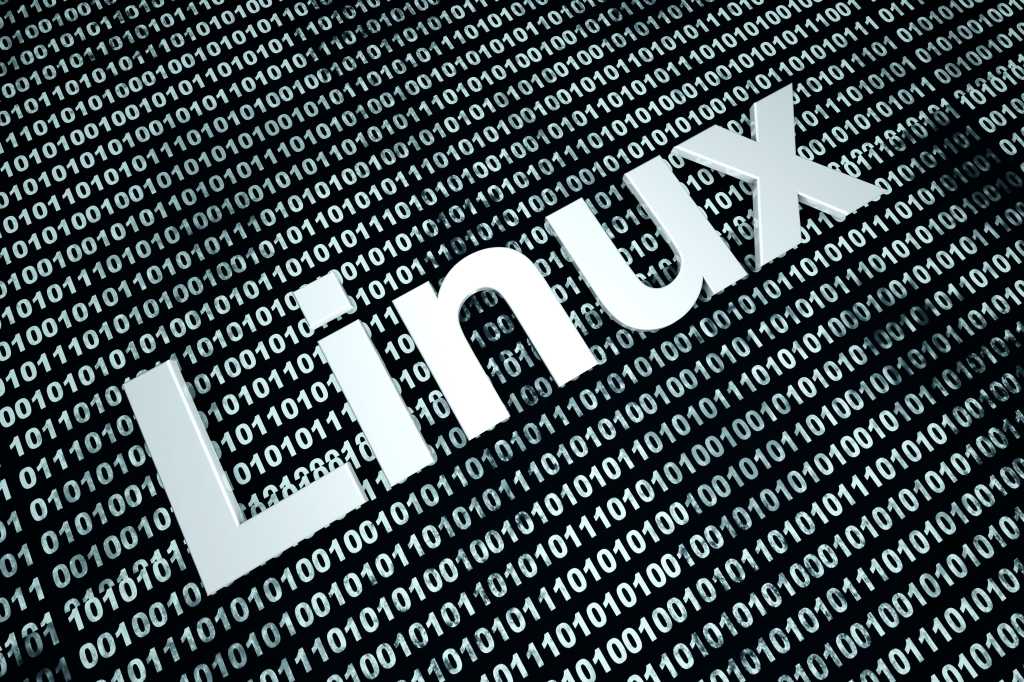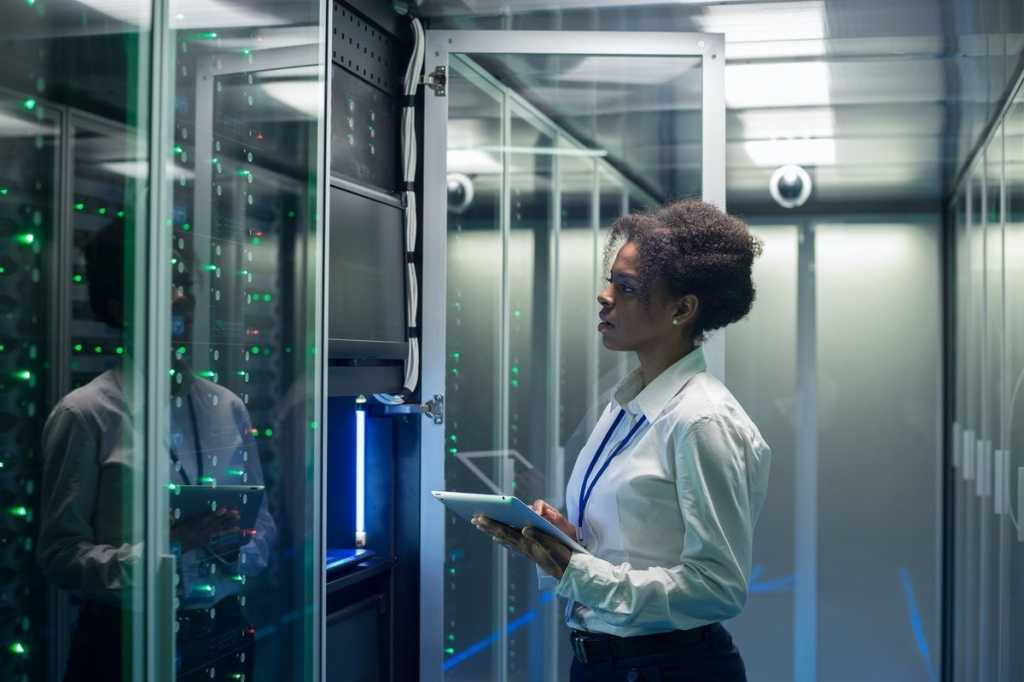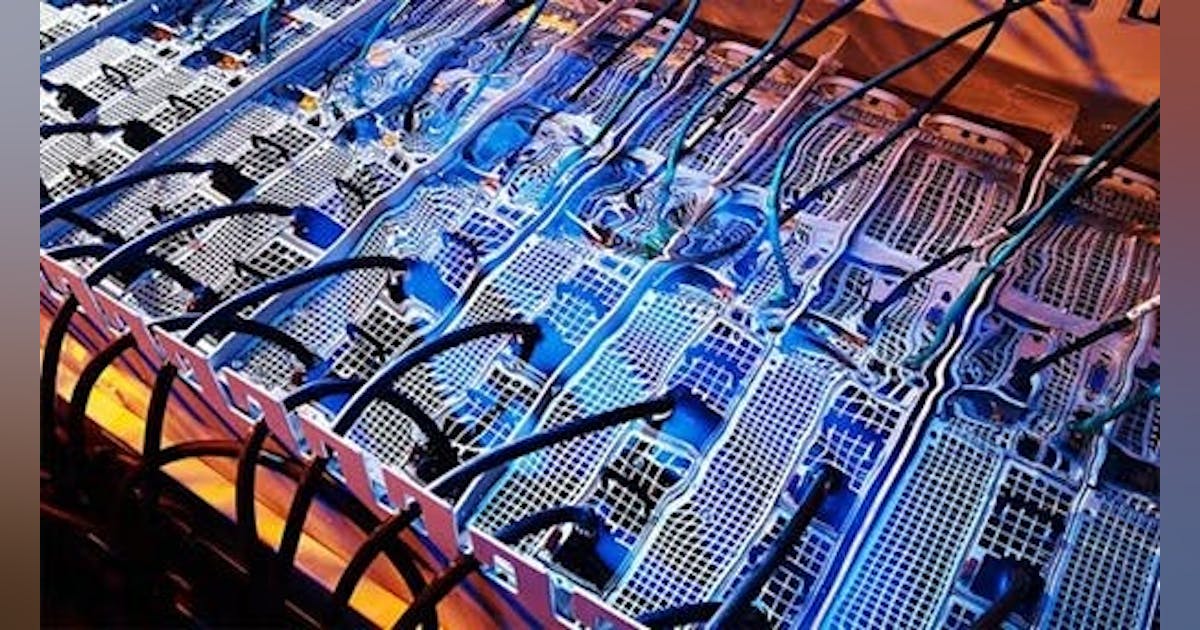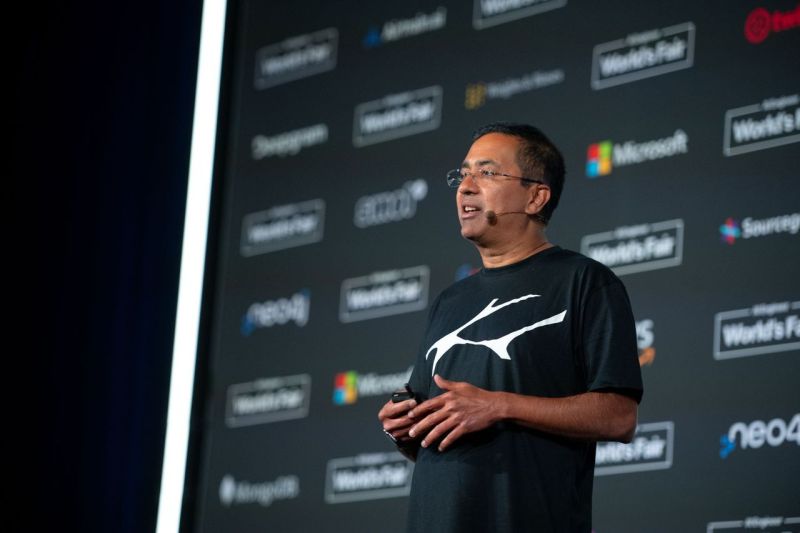This is today’s edition of The Download, our weekday newsletter that provides a daily dose of what’s going on in the world of technology.
Inside a romance scam compound—and how people get tricked into being there
Gavesh’s journey had started, seemingly innocently, with a job ad on Facebook promising work he desperately needed.
Instead, he found himself trafficked into a business commonly known as “pig butchering”—a form of fraud in which scammers form romantic or other close relationships with targets online and extract money from them. The Chinese crime syndicates behind the scams have netted billions of dollars, and they have used violence and coercion to force their workers, many of them people trafficked like Gavesh, to carry out the frauds from large compounds, several of which operate openly in the quasi-lawless borderlands of Myanmar.
We spoke to Gavesh and five other workers from inside the scam industry, as well as anti-trafficking experts and technology specialists. Their testimony reveals how global companies, including American social media and dating apps and international cryptocurrency and messaging platforms, have given the fraud business the means to become industrialized.
By the same token, it is Big Tech that may hold the key to breaking up the scam syndicates—if only these companies can be persuaded or compelled to act. Read the full story.
—Peter Guest & Emily Fishbein
How to save a glacier
There’s a lot we don’t understand about how glaciers move and how soon some of the most significant ones could collapse into the sea. That could be a problem, since melting glaciers could lead to multiple feet of sea-level rise this century, potentially displacing millions of people who live and work along the coasts.
A new group is aiming not only to further our understanding of glaciers but also to look into options to save them if things move toward a worst-case scenario, as my colleague James Temple outlined in his latest story. One idea: refreezing glaciers in place.
The whole thing can sound like science fiction. But once you consider how huge the stakes are, I think it gets easier to understand why some scientists say we should at least be exploring these radical interventions. Read the full story.
—Casey Crownhart
This article is from The Spark, MIT Technology Review’s weekly climate newsletter. To receive it in your inbox every Wednesday, sign up here.
MIT Technology Review Narrated: How tracking animal movement may save the planet
Researchers have long dreamed of creating an Internet of Animals. And they’re getting closer to monitoring 100,000 creatures—and revealing hidden facets of our shared world.
This is our latest story to be turned into a MIT Technology Review Narrated podcast, which
we’re publishing each week on Spotify and Apple Podcasts. Just navigate to MIT Technology Review Narrated on either platform, and follow us to get all our new content as it’s released.
The must-reads
I’ve combed the internet to find you today’s most fun/important/scary/fascinating stories about technology.
1 Donald Trump has announced 25% tariffs on imported cars and parts
The measures are likely to make new cars significantly more expensive for Americans. (NYT $)
+ Moving car manufacturing operations to the US won’t be easy. (WP $)
+ It’s not just big businesses that will suffer, either. (The Atlantic $)
+ How Trump’s tariffs could drive up the cost of batteries, EVs, and more. (MIT Technology Review)
2 China is developing an AI system to increase its online censorship
A leaked dataset demonstrates how LLMs could rapidly filter undesirable material. (TechCrunch)
3 Trump may reduce tariffs on China to encourage a TikTok deal
The Chinese-owned company has until April 5 to find a new US owner. (Insider $)
+ The national security concerns surrounding it haven’t gone away, though. (NYT $)
4 OpenAI’s new image generator can ape Studio Ghibli’s distinctive style
Which raises the question of whether the model was trained on Ghibli’s images. (TechCrunch)
+ The tool’s popularity means its rollout to non-paying users has been delayed. (The Verge)
+ The AI lab waging a guerrilla war over exploitative AI. (MIT Technology Review)
5 DOGE planned to dismantle USAID from the beginning
New court filings reveal the department’s ambitions to infiltrate the system. (Wired $)
+ Can AI help DOGE slash government budgets? It’s complex. (MIT Technology Review)
6 Wildfires are getting worse in the southwest of the US
While federal fire spending is concentrated mainly in the west, the risk is rising in South Carolina and Texas too. (WP $)
+ North and South Carolina were recovering from Hurricane Helene when the fires struck. (The Guardian)
+ How AI can help spot wildfires. (MIT Technology Review)
7 A quantum computer has generated—and verified—truly random numbers
Which is good news for cryptographers. (Bloomberg $)
+ Cybersecurity analysts are increasingly worried about the so-called Q-Day. (Wired $)
+ Amazon’s first quantum computing chip makes its debut. (MIT Technology Review)
8 What’s next for weight-loss drugs 💉
Competition is heating up, but will patients be the ones to benefit? (New Scientist $)
+ Drugs like Ozempic now make up 5% of prescriptions in the US. (MIT Technology Review)
9 At least we’ve still got memes
Poking fun at the Trump administration’s decisions is a form of online resistance. (New Yorker $)
10 Can you truly be friends with a chatbot?
People are starting to find out. (Vox)
+ The AI relationship revolution is already here. (MIT Technology Review)
Quote of the day
“I can’t imagine any professional I know committing this egregious a lapse in judgement.”
—A government technology leader tells Fast Company why top Trump officials’ decision to use unclassified messaging app Signal to discuss war plans is so surprising.
The big story
Why one developer won’t quit fighting to connect the US’s grids

September 2024
Michael Skelly hasn’t learned to take no for an answer. For much of the last 15 years, the energy entrepreneur has worked to develop long-haul transmission lines to carry wind power across the Great Plains, Midwest, and Southwest. But so far, he has little to show for the effort.
Skelly has long argued that building such lines and linking together the nation’s grids would accelerate the shift from coal- and natural-gas-fueled power plants to the renewables needed to cut the pollution driving climate change. But his previous business shut down in 2019, after halting two of its projects and selling off interests in three more.
Skelly contends he was early, not wrong, and that the market and policymakers are increasingly coming around to his perspective. After all, the US Department of Energy just blessed his latest company’s proposed line with hundreds of millions in grants. Read the full story.
—James Temple
We can still have nice things
A place for comfort, fun and distraction to brighten up your day. (Got any ideas? Drop me a line or skeet ’em at me.)
+ Severance’s Adam Scott sure has interesting taste in music.
+ While we’re not 100% sure if Millie is definitely the world’s oldest cat, one thing we know for sure is that she lives a life of luxury.
+ Hiking trails are covered in beautiful wildflowers right now; just make sure you tread carefully.
+ This is a really charming look at how girls live in America right now.






















